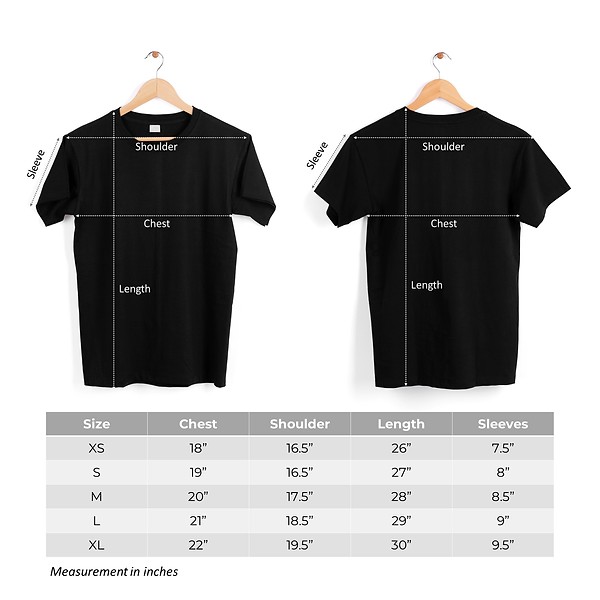The Features of High Altitudes
As altitude increases, atmospheric pressure decreases: it is halved at an altitude of 5000m and three times less when you are 8000m above sea level. This drop in atmospheric pressure (called hypobaria) is what causes the funny sensation you may feel in your ears when you go up in altitude. Oxygen becomes rarefied (known as hypoxia) simply because there is less air. The consequence of this is a drop in the quantity of oxygen that the body can absorb and carry in the blood (called hypoxemia). At the top of Mont Blanc, there is only half as much oxygen as at sea level and, for those attempting to climb Everest, this figure drops to 30%.
The temperature also drops at altitude: it decreases by about 1° every 150m. And this drop in temperature will be felt even more due to the wind chill factor.
You will therefore have to take all of these factors into consideration before taking part in a mountain run. Make sure that the layers of insulation and hydration are suited to the conditions you will encounter. To do this you will have to look at the weather forecast before any outing at altitude.
How Do You Manage the Altitude When Running?
As has just been mentioned, the altitude is not without consequences on the body and performance. If you are going to the mountains for a race and you do not have much time (3 or 4-day weekend), try to get there 1 or 2 days before the event. This will give your body some time to adapt to the altitude and surely prevent some of the side effects (problems sleeping, headaches).
If you are going to the mountains for a longer period, to improve your level of performance (increasing your VO2 max and your ability to recover by increasing the number of red blood cells among other things), you need to spend at least 3 weeks at altitude. Less than this time and the body does not have the time to make all the necessary adaptations. Within the context of a training regime, you will have to slow down the pace during the first days of training for a period of 5 to 9 days depending on experience and your level of physical fitness. This will prevent certain physical difficulties which would reduce the benefits of your training sessions. Before going back down to sea level, you should reduce the pace of your training over the last 2 days.



